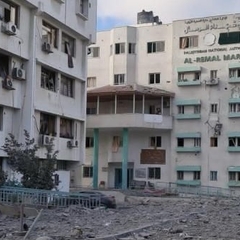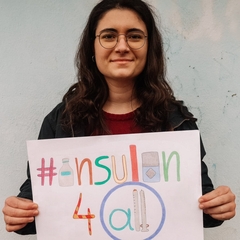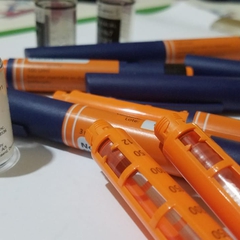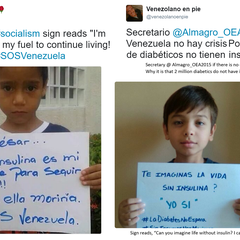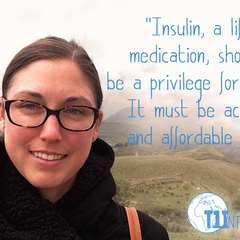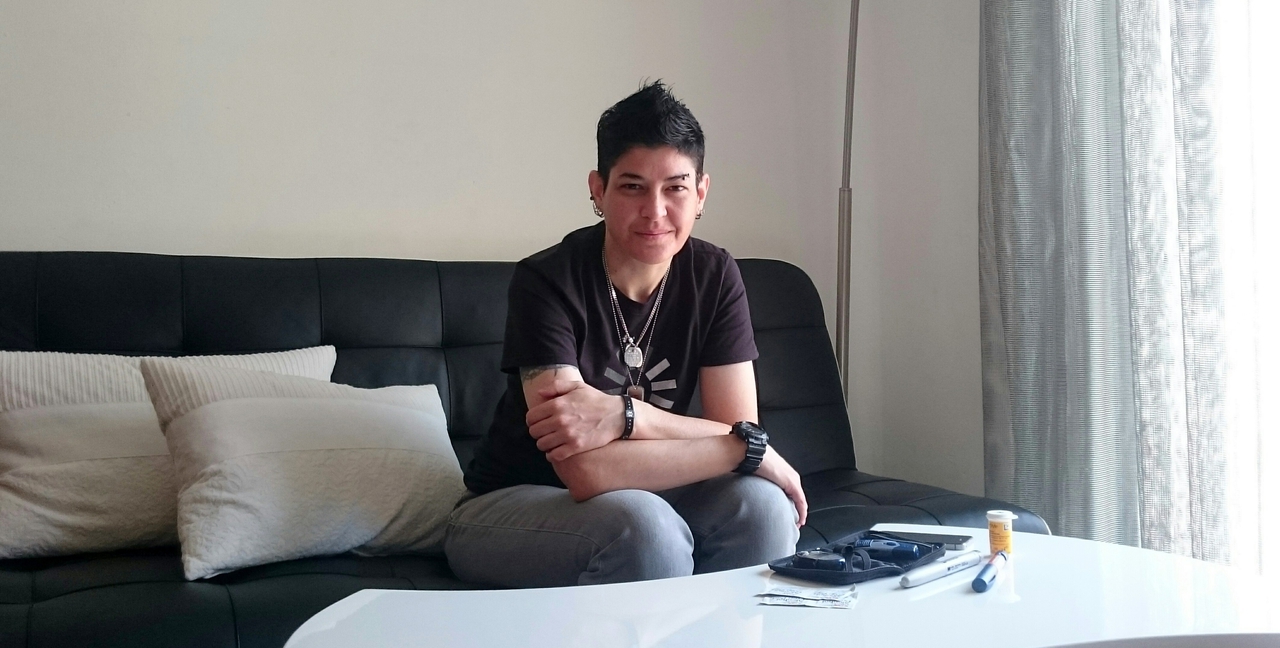
Venezuela Crisis: a Type 1 Diabetes Perspective
25 Jun 2018, 1:38 p.m. in Global Stories by Isabella Pieretti
I am a 44 year old Venezuelan who has been living with type 1 diabetes since September 1999. This is my story. Having lived in Venezuela most of my life, I never had problems getting my insulin and supplies until 2012. At that time, diabetics like me began to have difficulty acquiring the supplies we needed every day, such as insulin and test strips. The Government stopped providing the pharmaceutical companies with the necessary finances in American dollars to import medicines.
By 2013, getting insulin was so hard that it felt like a race against time. That year my health insurance, which I got through my employer, was withdrawn. Until that point, it had covered all my diabetes expenses. As the situation worsened and the shortage grew, I decided that I had to leave the country. By the end of September 2014, I was in Panama City. It was also difficult to manage my diabetes there because in Panama, medicines are imported and they are very expensive but the salaries are very low.
Adding to that, there were difficulties that an immigrant who is starting a life from scratch has to face. I was dealing with this situation until March 2016 when I had a DKA episode because of a kidney infection. I did not have medical insurance and the hospitalization left me broke. I was forced to go back to Venezuela to recover my health and raise money selling some of my things so that I could continue with my treatment.
It was difficult to find a laboratory where they could do the blood tests I needed because the situation had only worsened and the medical shortages continued. Eventually I managed to get my HBA1c test in the only laboratory in Caracas that still had the facilities to do so. When I arrived there at dawn, there were more than 400 people waiting ahead of me.
Finally, I collected the necessary money to be able to leave the country again, in hopes of being able to access my supplies and treatment somewhere else. My doctor from Venezuela put me in touch with a recommended doctor in Miami, so I traveled there. When I arrived, I had lost a lot of weight due to the scarcity of food in back in Venezuela. I didn’t feel well, and when they did the laboratory tests they realized that all the blood work that I had done in Venezuela was wrong. For example, the Venezuelan tests said that my HBA1c was at 6.5 when it was actually much higher (9.3). I was in Miami for five months undergoing treatment trying to stabilize my blood sugar levels and kidneys.
My blood sugar readings were like an endless roller coaster, and it was very difficult for me to avoid stress and worry about the whole situation in my country and my future as a type 1 diabetic. Because of this, I made the decision to use a Dexcom to get in control again.
After finishing the treatment and buying all my supplies that I paid from my own pocket, I returned to Venezuela in December 2016. To enter the country with medicines is very complicated. They can be removed at the airport by customs, so I was very worried and decided to send my supplies (besides the insulin) via air cargo. However, when I got to Venezuela they kept me for more than three hours checking my luggage and questioning me about my stay in the United States.
Returning to Venezuela was a nightmare. The water was turned off for days, the lights for hours. It was dangerous to walk the streets because of the high crime rate. I had to stand in long queues to buy the little food I could find. Believe it or not, the minimum salary in Venezuela at the time was five dollars a month.
I stayed back in Venezuela for seven months. During those months, I could not do any laboratory tests or care for my health properly. I could see that the situation had gotten extremely serious. There were no supplies of any kind in any part of the country. I was in the capital, Caracas. In another main city, Barquisimeto, there were no test strips, no glucometers, no lancets, no syringes. People were rationing insulin. There was very little and it only arrived in short supply to some pharmacies. When it was available, the prices were totally unaffordable. They would only sell a month of treatment at a time, and they would not always sell both long acting and short acting insulin to the same person.
People were blindly injecting a single dose of insulin for each meal because there were no test strips to measure with. I have many friends with type 2 diabetes, and no one measured or took pills because there simply was not any medicine available for them.
Looking that the situation and knowing that wasn’t going to improve, I decided to sell more of my things and collect all the money possible to be able to travel again and buy supplies. Leaving Venezuela was quite complicated. As with entering the country, the authorities check everything you have in your luggage when you leave. They took out the few supplies I was carrying and I had to give many explanations of each of the items so that they would not take them away from me. It was a moment of great anguish.
I went back to Miami again from July 2017 until May 2018. I arrived with two weeks of insulin. I finally had my medical checkup and got the prescription to buy the supplies. You might wonder why I went to the United States to buy insulin when it is so expensive there. Many Venezuelan Airlines have stopped running, due to economic and security difficulties, and one of the few destinations to which a ticket can be purchased without problems is the United States.
I was almost broke, and apart from all of the costs for my diabetes, I had to pay for food and rent. Due to the terrible economic situation in Venezuela, I was able to sell a few things but at a very reduced price. I work as a freelance Graphic Designer, but my income was not enough to cover everything. My life has turned 180 degrees. I have no home, no insurance, no stable job, no car. I can’t go back to my home country because the situation has not changed.
After some time back in the USA I knew I couldn’t stay there indefinitely. Thanks to support from the diabetes community, I was given donated supplies and was able to travel to Spain and seek asylum. That is where I am now. I am still worried about covering the costs of a place to stay, plus food and – most importantly – my insulin and supplies, but insulin in Spain costs a fraction of what it cost me in America. I am grateful for that.
My life and future is full of uncertainty. Thousands of diabetics in my country are living without the hope of being able to leave, and much less of having the money to acquire insulin. People are dying every day without the necessary supplies and essential insulin. I have heard that more than 8,000 people with diabetes have died already. People are afraid to speak about the situation and they are feeling helpless.
I hope that by sharing my story, more people will understand the reality and that action will be taken to make things better.




